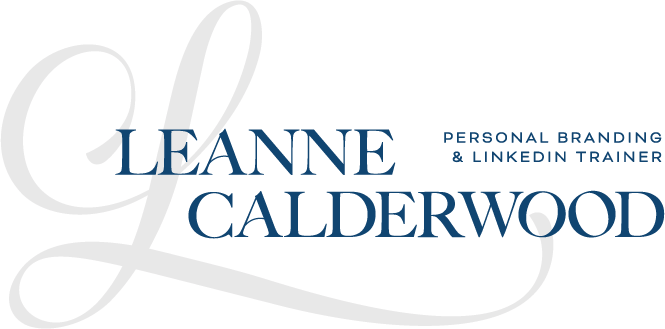In a world where everyone's work is just a click away, standing out isn’t just…

Storytelling for Sales Professionals – Personal Branding Tips!
It isn’t a skill that I have a high proficiency in, but I find that when I include storytelling in my blog posts, videos and social media, I receive more engagement. People can relate to stories, they can empathize with the struggle, and with the successful outcome. Your brand becomes established through storytelling and your community is drawn closer to you. Let’s take a look at how we can tap into our own experiences to provide inspiration and encouragement to our peers through our stories.
Storytelling is the art of using words or images to weave a narrative that elicits the listener’s imagination. Stories can be rooted in fact, or rooted in fiction, and when it comes to personal branding, factual storytelling is a powerful tool to help create a bridge between a sales professional and their customer.
If as a sales professional you are looking for more authenticity in your content, a great place to find content is in your stories. When like-minded individuals share stories of challenge, success, struggle or perseverance, other community members find themselves reflected in the story, thus creating more trust and compatibility with the storyteller. If your story includes factual ways that our product or service has impacted someone’s life, our customers can visualize the positive impact through the story – be it yours or your other customers.
Nowadays, stories can be woven into our brand through social media posts, e-newsletters, podcasts, blogs, videos and through our in-person interactions. Stories do not necessarily need to come from business or your career; rather the lessons of transformation from any life story can be related to business.
Here are 4 steps to help get you started on storytelling for sales professionals
- Look at moments that were transformational – take inventory of instances throughout your life that offered moments of transformation for you. These moments can be from your career or business, but they can also be from other areas of your life. All stories of transformation have a lesson that can be applied to your professional world.
- Example of a moment that was transformational – learning how to ride a bike
- Take stock of the feelings you had during the story – regardless of the story, you had a reaction to what was happening to you. You had emotions, whether good or bad. Take note of those emotions and feelings; we’ll be revisiting them in step #4
- Example – learning how to ride a bike – feelings of anxiety, not wanting to fall off, not wanting to fail, not wanting to disappoint your parents
- Acknowledge the outcome – every story has a beginning, a middle and an end. The goal of a good story is to provide a conclusion, and your story should reveal the same. How does this transformational moment wrap up for you?
- Example – You did, indeed, learn how to ride a bike. Yes, you fell a few times, but you kept trying and you eventually did it. Your parents cheered you on through your repeated attempts
- Apply the lesson to business examples – the emotions and feelings you felt as you were in the story can be parlayed into advice or a tip for your community. If your story was about perseverance, there is a lesson there. If your story is about success, there are tips you can share to fast-track your community’s success. Tie the lesson of the story back to how it can help your client to create more trust and close the sales gap.
- Example – Learning how to ride a bike has helped you overcome the fear of failure, learn from each failed attempt, and the exhilaration of finally successfully achieving your goal.
Keeping these four principles in mind will help you build a bank full of stories and ideas that can help encourage and inspire your community.
What story can YOU share that will build a bridge between you and your community?
RELATED – The Importance of Personal Branding
RELATED – The #1 Key in Personal Branding
RELATED – Authentic Personal Branding



